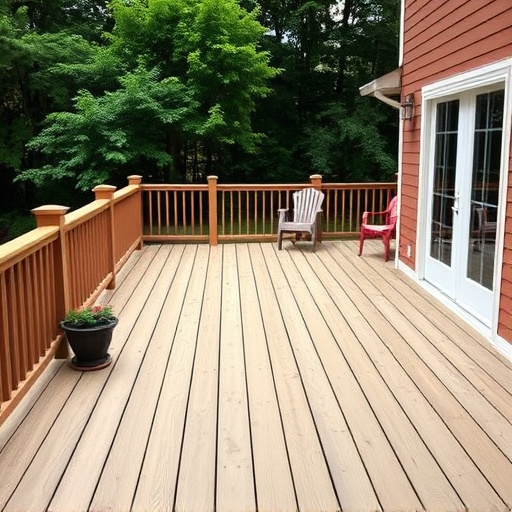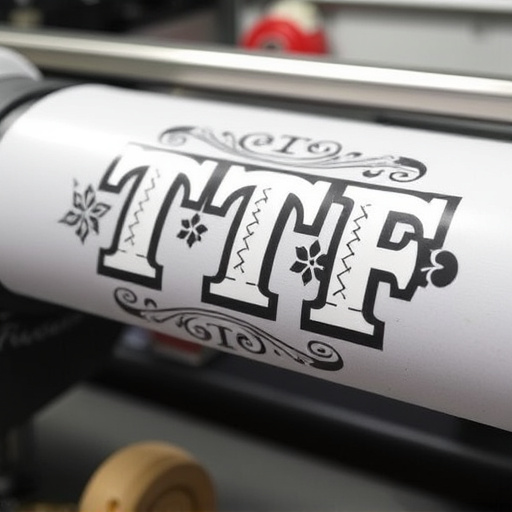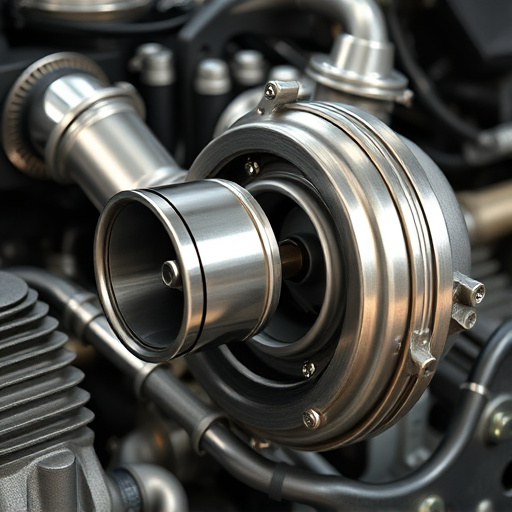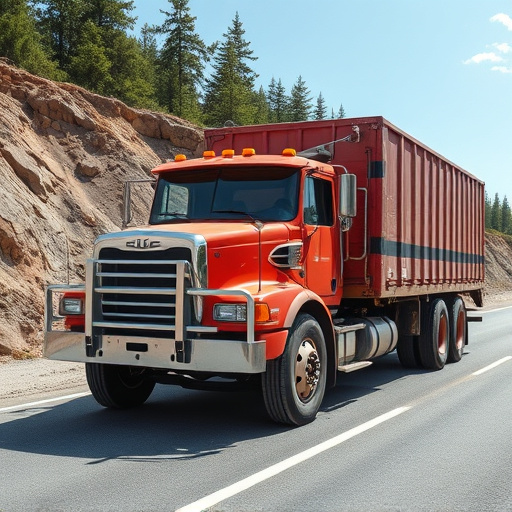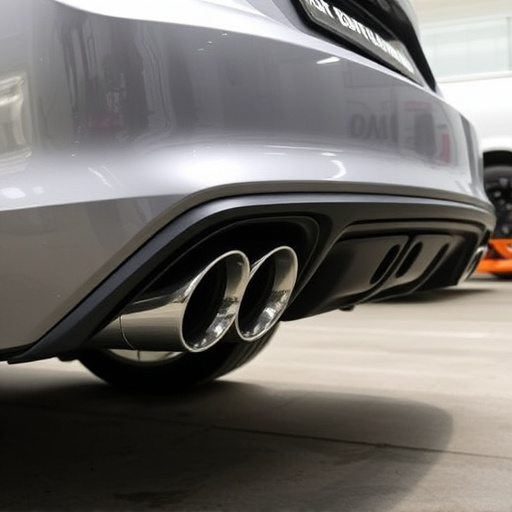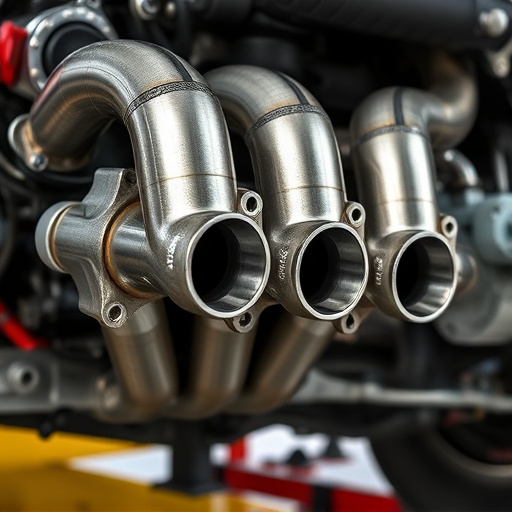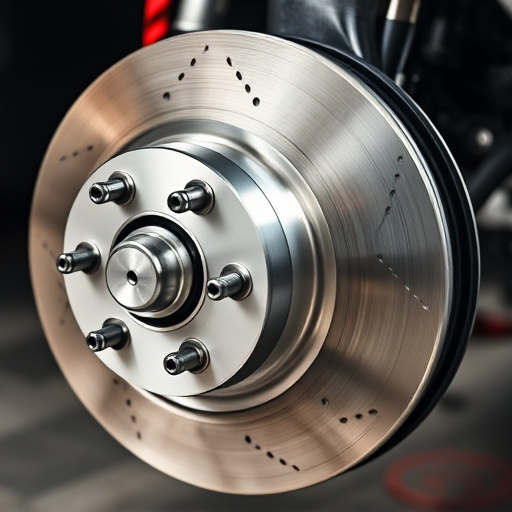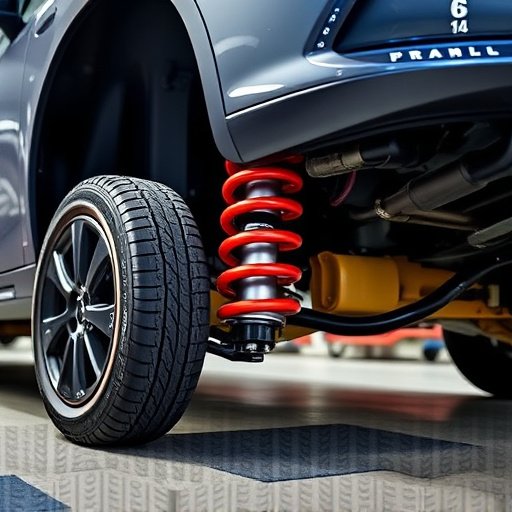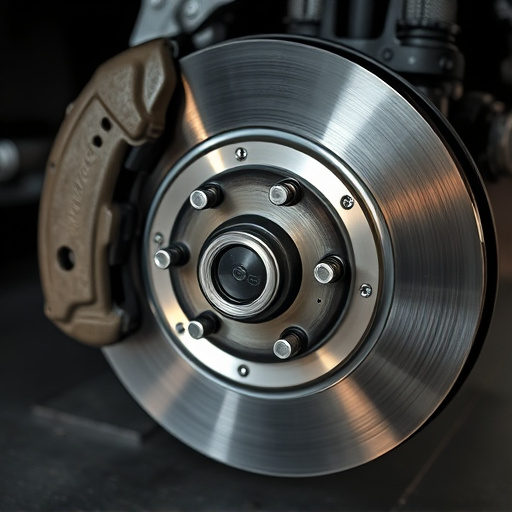Sway bar bushings are crucial for vehicle stability, absorbing shock and limiting movement during cornering. Wear from road conditions, temperatures, and driving motion can lead to handling issues and potential damage to suspension parts. Regular maintenance, including inspection and replacement of worn bushings with high-quality parts, enhances safety and optimal vehicle performance, especially for performance vehicles.
Sway bar bushings, crucial components in a vehicle’s suspension system, can cause issues if not maintained properly. This article breaks down the functionality of sway bar bushings and common problems that arise from degradation. We’ll explore the leading causes behind bushing wear, offering effective maintenance tips to extend their lifespan. Furthermore, we’ll guide you through the replacement process, ensuring your vehicle’s stability and safety on the road by addressing these often-overlooked parts.
- Understanding Sway Bar Bushing Functionality
- Common Causes of Bushing Degradation
- Effective Maintenance and Replacement Strategies
Understanding Sway Bar Bushing Functionality
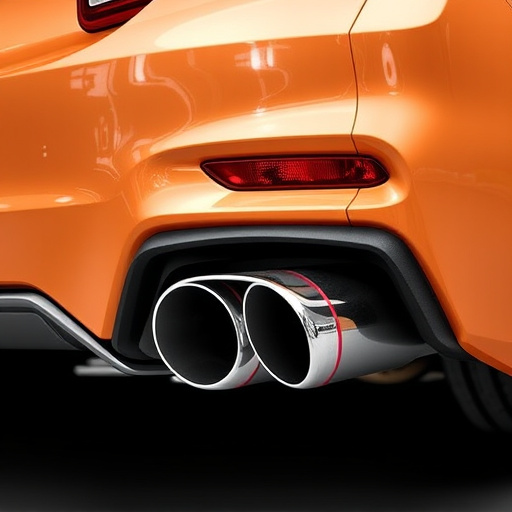
Sway bar bushings play a crucial role in your vehicle’s handling and stability. They connect the sway bar (also known as anti-roll bar) to the chassis, allowing for efficient transfer of energy during cornering. This helps to minimize body roll, providing better control and enhancing overall vehicle stability. Sway bar bushings must be durable and flexible to withstand the constant movement and forces they encounter.
Imagine the sway bar as a bridge connecting different parts of your car’s suspension system. Bushings act as cushions, absorbing shock and preventing excessive movement. Over time, these bushings can wear out due to exposure to various road conditions, extreme temperatures, and the continuous up-and-down motion during driving. When sway bar bushings fail, it can lead to noticeable handling issues, such as increased body roll, erratic steering, and even noise from the suspension system, including exhaust tips or other intake components. Performance exhaust systems, for instance, rely on proper sway bar bushing functionality to ensure optimal performance and safety.
Common Causes of Bushing Degradation
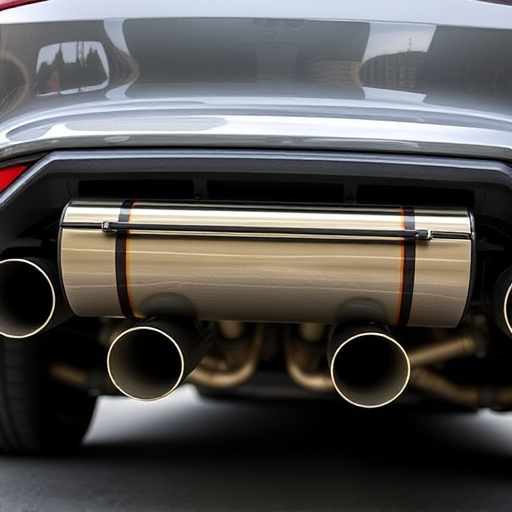
The sway bar bushings are vital components that connect the sway bar to the vehicle’s frame, allowing for controlled vehicle roll during cornering. Their degradation is a common issue among many vehicles, often leading to handling problems and safety concerns. Several factors contribute to bushing wear and tear over time. One primary cause is exposure to extreme temperatures, especially in regions with hot climates or those with frequent use of cold air intakes (CAIs). The rapid expansion and contraction of metal components due to heat fluctuations can weaken bushings, making them more susceptible to damage.
Another significant factor is the constant torque exerted on the sway bar during driving, especially when navigating through sharp turns. Over time, this mechanical stress can cause the bushings to deform or even crack, compromising their ability to provide stable suspension. Moreover, poor-quality bushings or improper installation can accelerate degradation, as can the presence of rough roads with excessive bumps and potholes, which can wear down these components more rapidly. Unaddressed bushing issues can lead to handling instability, increased body roll, and even premature damage to other suspension parts, underlining the importance of regular maintenance checks for sway bar bushings.
Effective Maintenance and Replacement Strategies
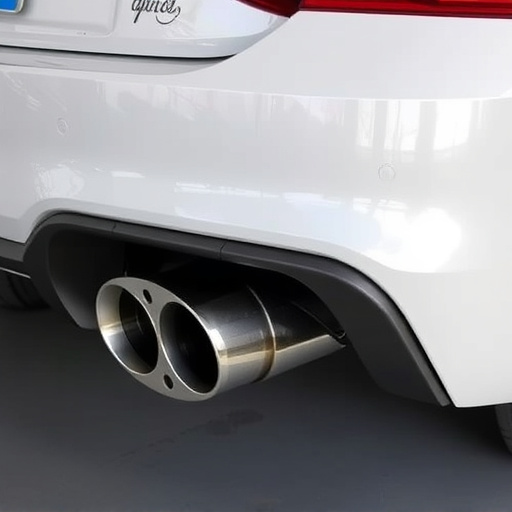
Regular maintenance is key to keeping your vehicle’s sway bar bushings in optimal condition. One of the best practices is to regularly inspect these components for any signs of wear, damage, or excessive play. This can be done during routine brake service or when replacing other related brake components. By staying proactive, you can prevent sudden failures that could impact handling and safety.
When it comes to replacement, using high-quality bushings from reputable manufacturers is essential. Ensure that the new bushings are compatible with your vehicle’s make and model, as specifications vary across brands and years. Additionally, consider the driving conditions and frequency of use, as these factors can accelerate wear. Regularly replacing worn-out sway bar bushings, along with maintaining other critical brake pads and muffler tips, will contribute to enhanced vehicle stability and overall safety on the road.
Sway bar bushings, vital components of your vehicle’s suspension system, play a crucial role in ensuring stability and handling. By understanding their functionality, recognizing common causes of degradation like excessive wear, contamination, or misuse, and adopting effective maintenance practices including regular inspection and timely replacement, you can significantly enhance your vehicle’s performance, safety, and longevity. Keep an eye on these bushings to avoid costly repairs and maintain a smooth, controlled ride.



